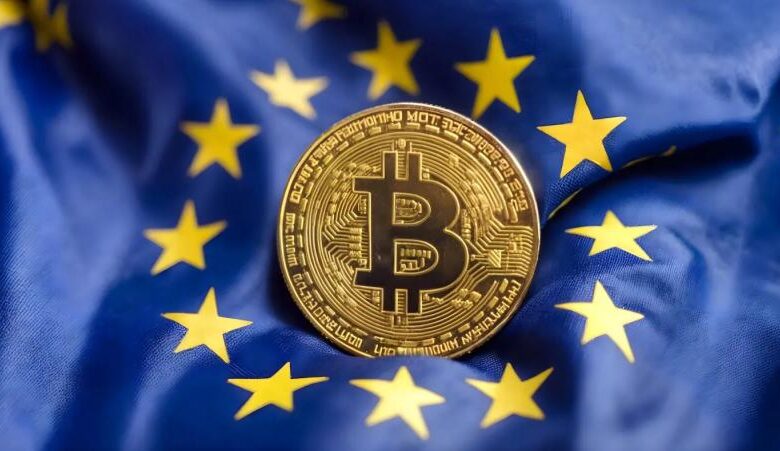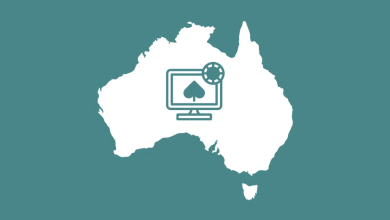
Europe has long relied on technology built and controlled elsewhere. Companies in the United States or China often make the servers, platforms, and chips that run daily life. From social networks to cloud storage to the semiconductors inside phones and cars, the continent has grown dependent on foreign providers.
That dependency now feels like a strategic risk. Leaders in Brussels talk about “digital sovereignty” not as a slogan but as a survival plan. The war in Ukraine, rising tensions over trade, and the race to dominate artificial intelligence have all underscored the same truth: Europe wants more control over its digital backbone.
Crypto has entered this conversation. Although some still consider it mainly speculation or meme-fueled markets, policymakers are viewing it as a piece of the sovereignty puzzle. Europe has already approved MiCA, a comprehensive set of regulations for crypto assets, and there is no other major region with something similar.
With MiCA, Europe is setting standards, creating the framework in which crypto firms must operate, and signifying a desire to lead, rather than follow, the global movement. By creating its own rules, the EU reduces reliance on U.S. or Asian precedent and establishes a financial infrastructure that demonstrates European values like privacy, stability, and consumer protection.
At the same time, the energy isn’t moving from the top to the bottom. Grassroots communities are experimenting with tokens that represent more than profit. They stand for culture, identity, or collective resistance to centralised systems. This is where the story gets interesting. While Europe writes laws to shape digital sovereignty, ordinary users are building tokens that test what sovereignty could mean on the ground. Community-driven projects like $MAXI show how culture and crowd energy can carve out space apart from corporate tech giants. Maxi Doge Token is not a government initiative, but its rise highlights how people can rally around digital assets outside the reach of large platforms. It’s playful and meme-fueled, yet it shows how networks of users, not just firms, can give a token value.
This situation implies a larger truth about Europe’s strategy. Simply put, independence will not just come from a block of significant projects like semiconductor production or EU-sponsored cloud-based solutions. It will also come from communities that choose to trust them and build systems outside traditional finance or Big Tech systems altogether. Luckily, crypto provides a tool for that.
In France, pilot efforts with fiat currencies linked to blockchains are underway to support regional economies. In Germany, start-ups are developing decentralised identity systems to limit reliance on US-based log-in systems. From end to end, tokens are being viewed not as toys, but as elements of an alternative web that Europeans can govern.
The European Central Bank is pushing ahead with its digital euro, which is expected to enter trials within the next few years. That project has drawn criticism from privacy advocates, but it shows the EU’s desire to create its own digital money rather than leaning on stablecoins tied to U.S. firms like Circle or Tether. The digital euro will likely exist alongside private cryptocurrencies, not replace them. The balance between state-backed tokens and community-driven ones will say a lot about what digital sovereignty actually looks like in practice.
Crypto is also part of Europe’s larger concerns about data. The EU’s General Data Protection Regulation (GDPR) was a landmark achievement in global privacy law. It proved that Brussels could determine standards that even the top global tech companies had to follow. Sovereignty in data is more than just privacy. It’s about having control of the infrastructure where data is hosted. Decentralised networks spread data across nodes rather than locking it away in a corporate server farm. Mimicking the political platform of Europe, it advocates for a shared responsibility, limits power, and demonstrates resilience to external shocks.
But sovereignty isn’t all technical. It’s cultural. When communities fuse around tokens, they create a residency of shared identities that don’t exist in corporate structures. Here’s where meme coins and community projects matter. They might look silly, but they demonstrate how people can coordinate value beyond formal structures. The bigger picture includes dozens of grassroots initiatives across Europe. Some focus on art, some on internet humour, while others focus on something like local economies. All together, they indicate that sovereignty isn’t just a project for the state, it’s also a project for a community.
Still, challenges remain. Energy use, scams, and the speed of speculation all raise doubts about whether crypto can really underpin sovereignty. Policymakers worry about volatility and consumer risk. At the same time, the continued dependence on U.S. and Chinese tech giants feels riskier in the long run. Europe has little appetite for being a digital colony. Crypto may not be the whole answer, but it offers tools that fit the continent’s long-term goal of independence.
Whatever the case may be, the shift won’t happen overnight. Europe’s digital sovereignty will depend on new chip plants, homegrown cloud services, and the digital euro. But it will also depend on what people do with crypto outside state frameworks. When communities rally around a token, they create something that is not tied to Washington or Beijing. They produce their own rules, their own culture, and their own value systems. That bottom-up energy may be as crucial to sovereignty as any top-down law.
Crypto is often dismissed as speculation, but in Europe, it has become part of a deeper project. The push for digital independence is about more than policy or economics. It’s about who holds power in a digital age defined by platforms and algorithms. Whether it comes through formal regulation, state-backed tokens, or community projects, crypto is woven into Europe’s attempt to stand on its own.







